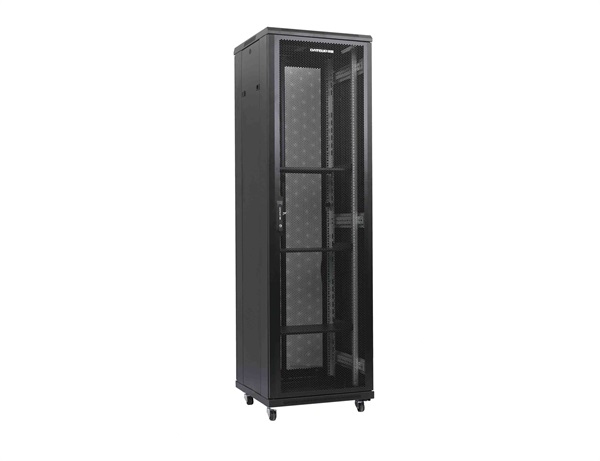News
Site Editor
 Site
https://leonetworkgroup.usa18.wondercdn.com/uploads/image/5fe152faa587d.png
A patch cable is an essential tool used in network communication which connects devices to each other. It is generally a short cable that is used to connect electronic devices, computers, and various network components. Patch cables come in different forms – Ethernet cables, fiber optic cables, and coaxial cables.A patch panel, on the other hand, is a device that allows multiple devices to be conn
Site
https://leonetworkgroup.usa18.wondercdn.com/uploads/image/5fe152faa587d.png
A patch cable is an essential tool used in network communication which connects devices to each other. It is generally a short cable that is used to connect electronic devices, computers, and various network components. Patch cables come in different forms – Ethernet cables, fiber optic cables, and coaxial cables.A patch panel, on the other hand, is a device that allows multiple devices to be conn
How To Patch Cable In Patch Panel
Views: 382
Author: Site Editor
Publish Time: 2023-07-11
Origin: Site
A patch cable is an essential tool used in network communication which connects devices to each other. It is generally a short cable that is used to connect electronic devices, computers, and various network components. Patch cables come in different forms – Ethernet cables, fiber optic cables, and coaxial cables.
A patch panel, on the other hand, is a device that allows multiple devices to be connected and managed. It serves as a hub or switch in which numerous cables can be connected to. In a network system, patch panels are an essential tool used to organize, manage and route different connections.
Patch panel and patch cable are both essential components of a network system. In this article, we will discuss how to patch cable in a patch panel. The following steps are essential and must be followed to patch cable in a patch panel.
Step 1: Determine the number of patch cables required
Before beginning to patch the cable, the first step is to determine the number of patch cables required. The number of patch cables required depends on the number of devices that need to be connected. Therefore, it is essential to count the number of devices that need to be connected to determine the number of patch cables required.
Step 2: Determine the length of patch cables
The next step is to determine the length of the patch cables. The length of the patch cables needed depends on the location of the devices that need to be connected. Therefore, it is essential to measure the distance between devices to determine the length of the patch cables needed.
Step 3: Strip the patch cable
After determining the number and length of patch cables needed, the next step is to strip the patch cables. The stripping process involves removing a portion of the external jacket of the cable to reveal the inner insulated wires. This can be done using a wire stripping tool.
Step 4: Insert the patch cable in the patch panel
The next step is to insert the stripped patch cable into the appropriate port in the patch panel. It is essential to make sure the cable is inserted correctly and securely.
Step 5: Attach the patch cable to the devices
After inserting the patch cable in the patch panel, the next step is to attach the patch cable to the devices. This involves inserting the other end of the patch cable into the appropriate port of the devices.
Step 6: Test the connections
After patching all the necessary cables, the next step is to test the connections. This is done to ensure that all the devices are properly connected and communicating with each other.
Conclusion
Patching cable in a patch panel can be a simple and straightforward process if the steps outlined above are followed. Proper installation of a patch cable in a patch panel provides a reliable, secure and efficient network system. Therefore, it is essential to take adequate time and care while patching cables in the patch panel.
If you want to know more about industrial network cabinet,china fiber optic splice closure,china fiber optic distribution box,please consult the fiber optic splice closure factory








